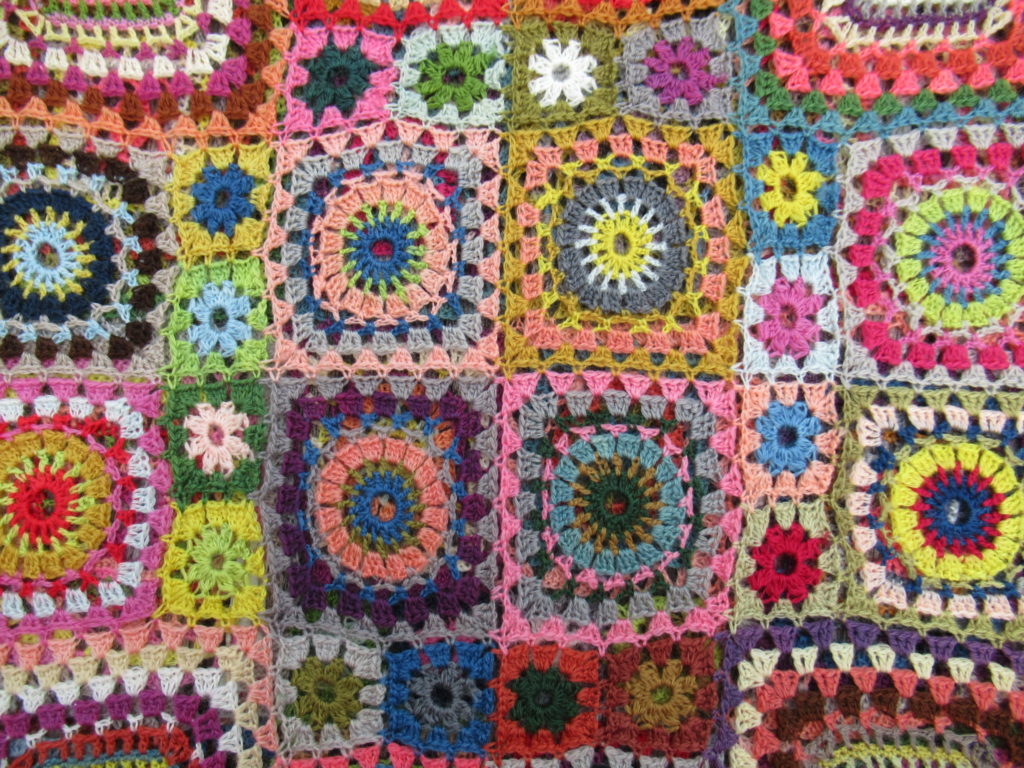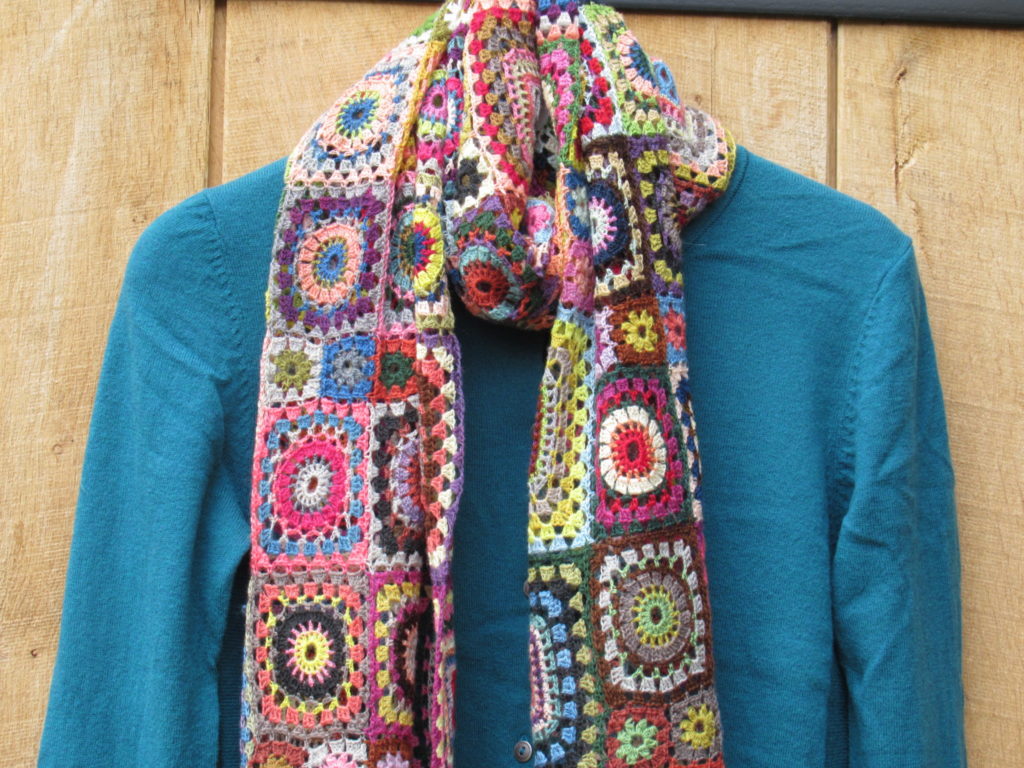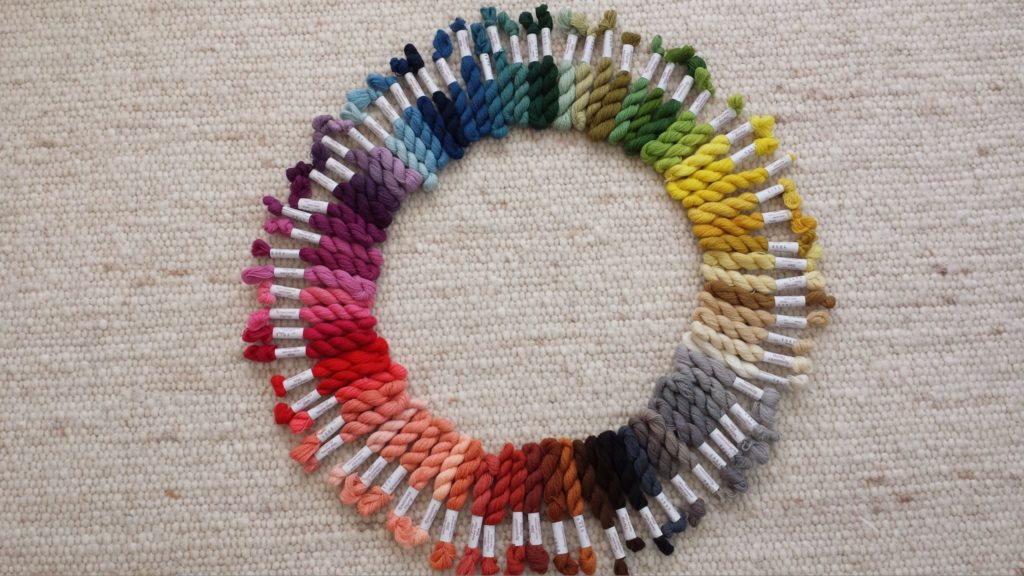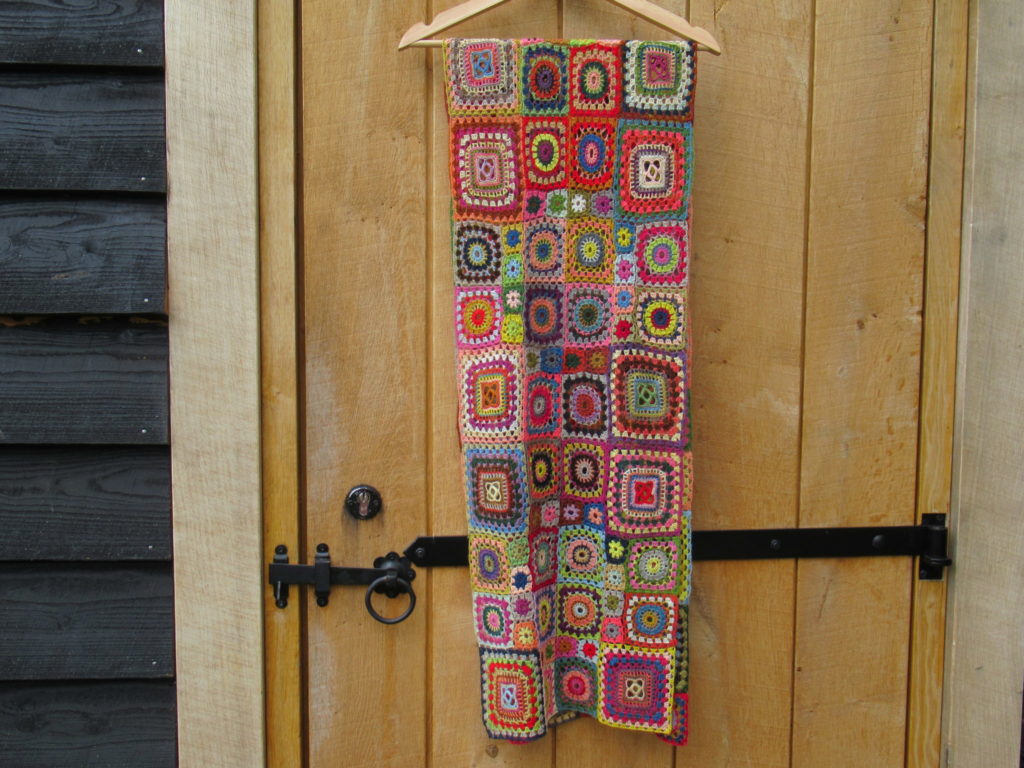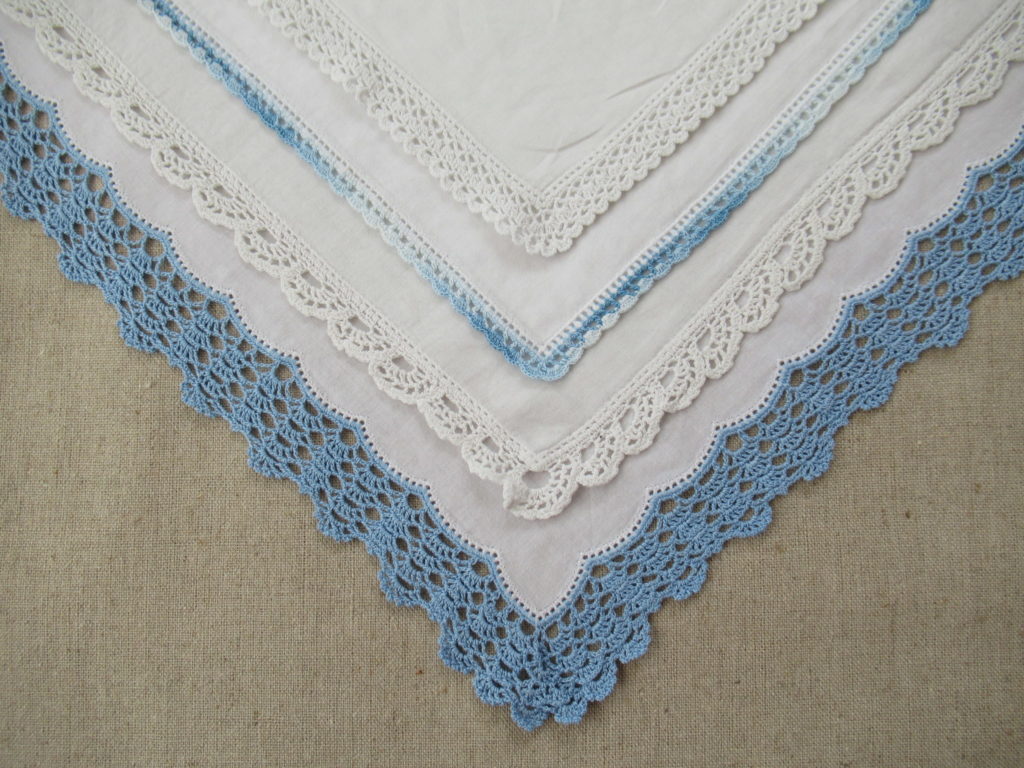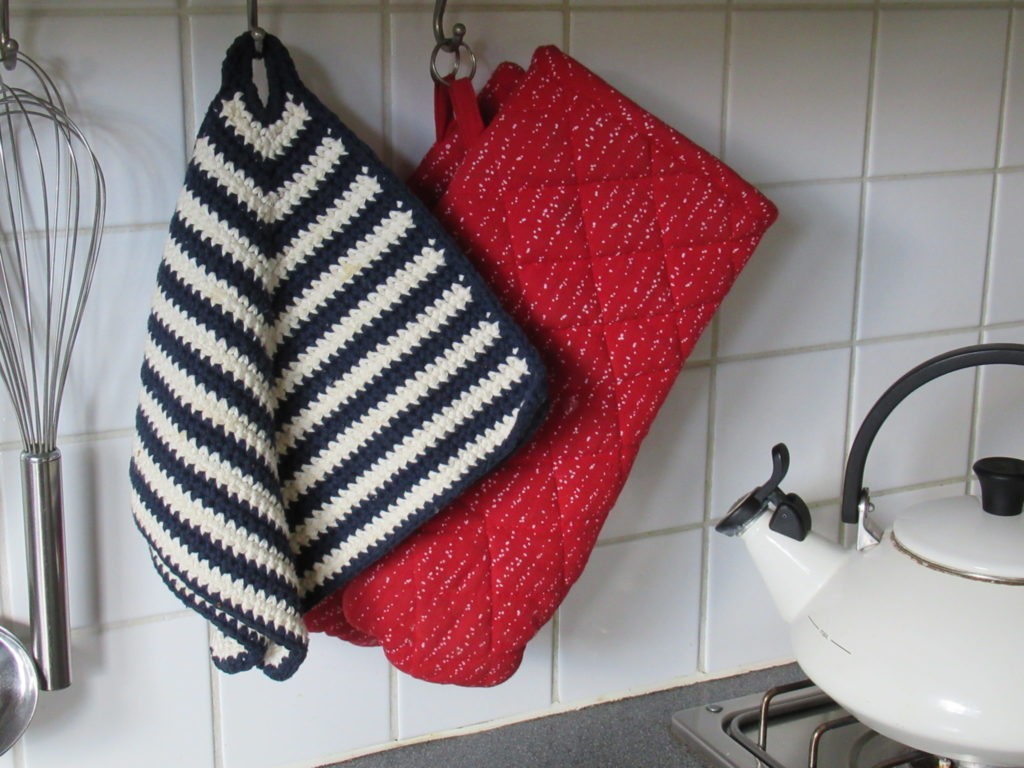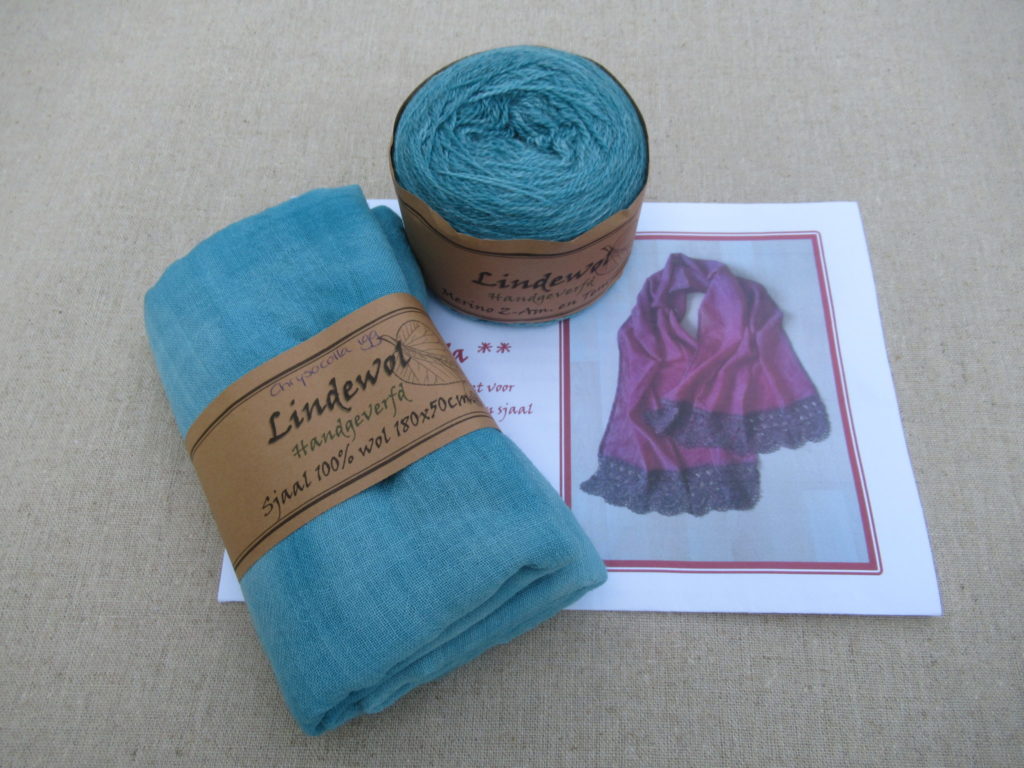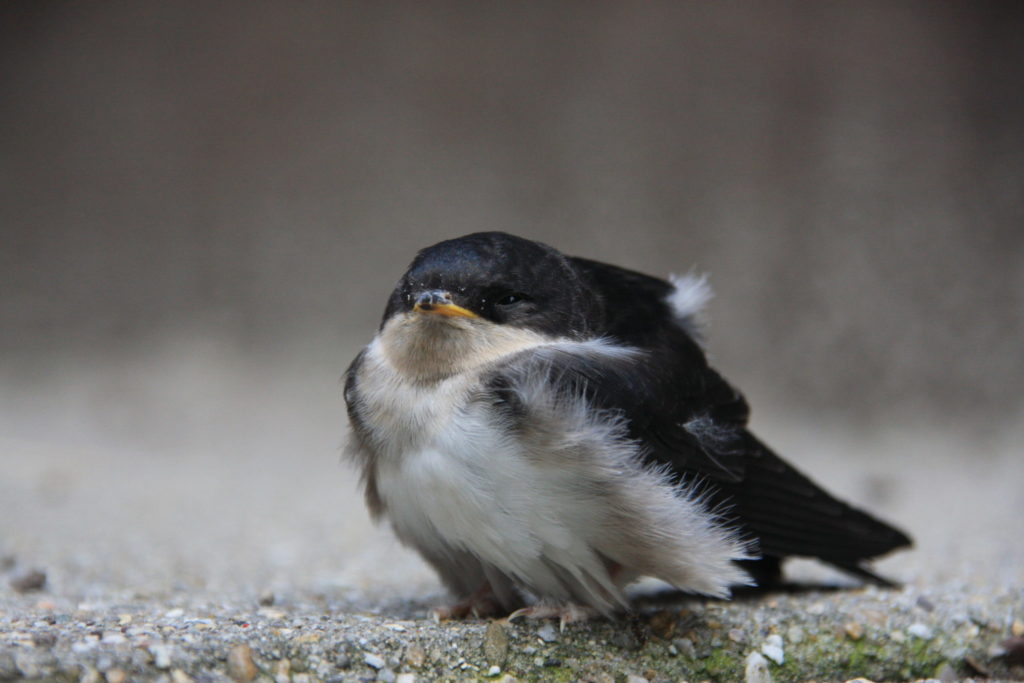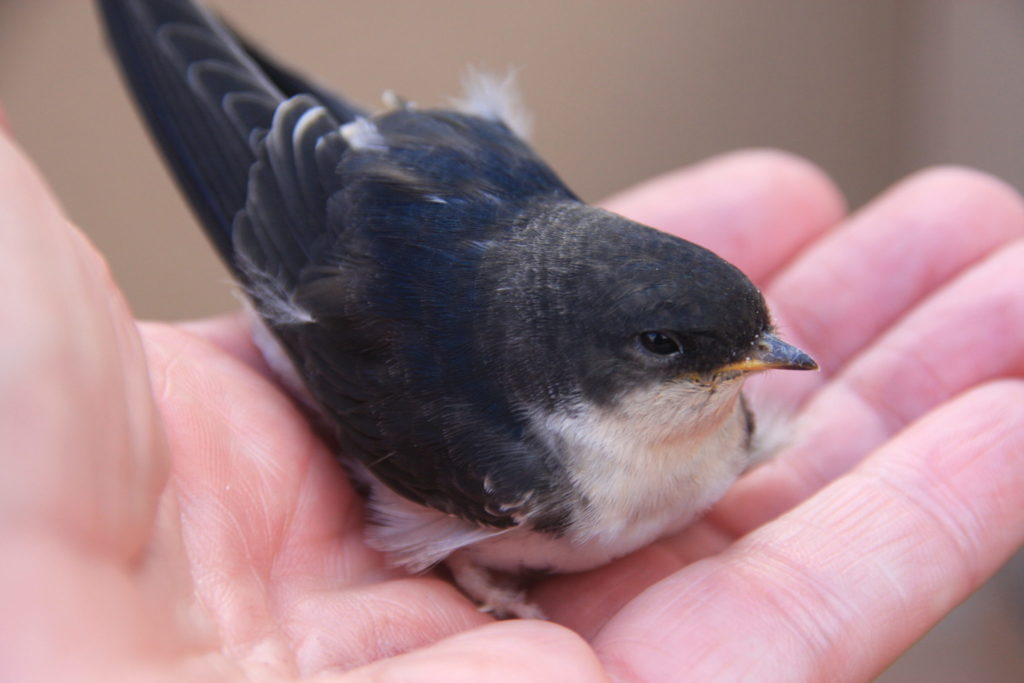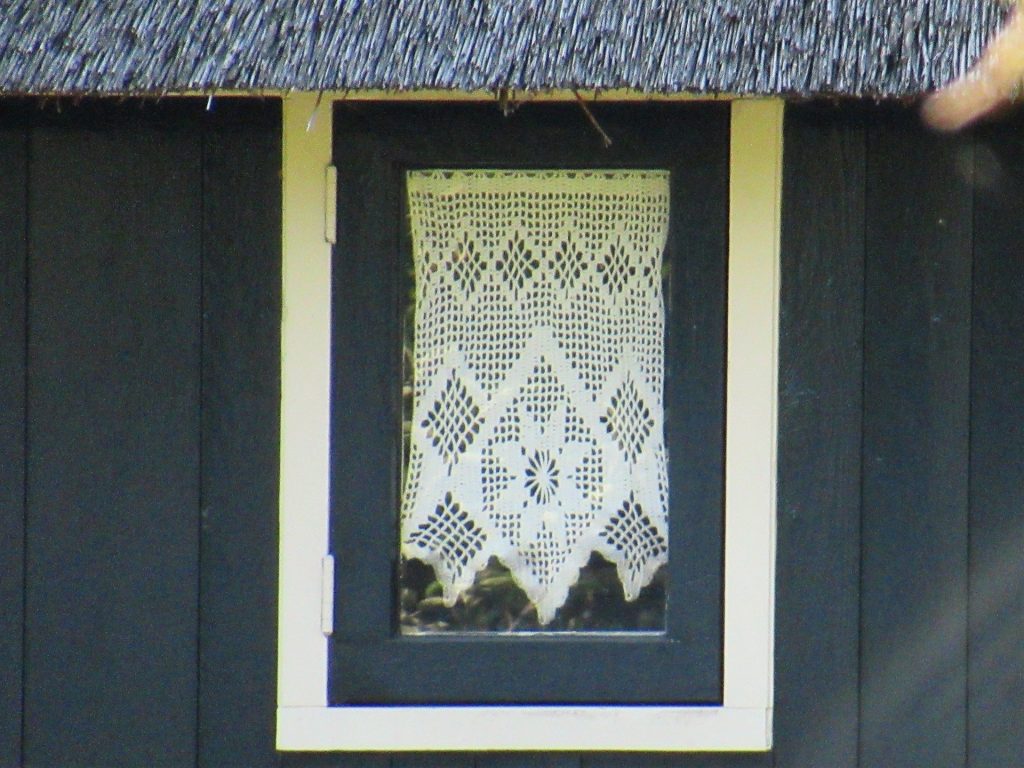
Hello!
Are you ready for our first summer outing? Do your bicycle tires have enough air? Did you apply sunscreen and put on your sunglasses? Okay, let’s go!
Today, we’re cycling to Giethoorn, one of our regional tourist hot spots. In case you have never heard of it – Giethoorn is a village of about 2,500 souls in a low-lying wetland area in the Netherlands. It is situated on a man-made shallow lake…
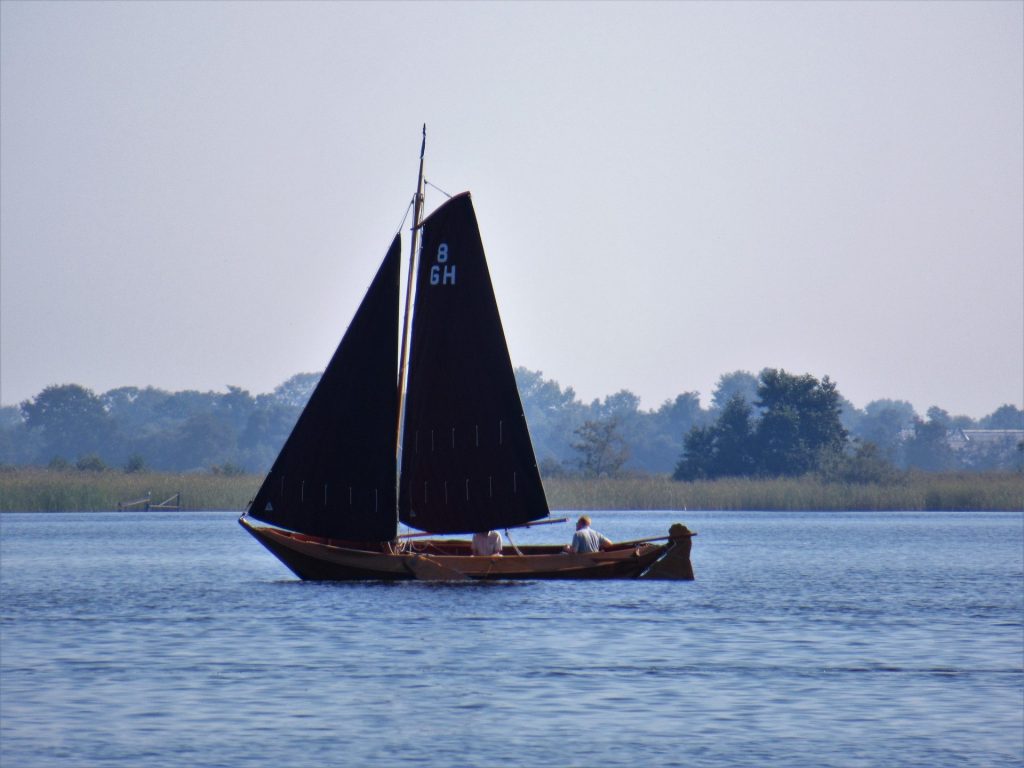
… and the old part of the village is incredibly picturesque, with its lovely thatched houses, narrow canals and high bridges. (Many houses can only be reached via these bridges or by boat.)
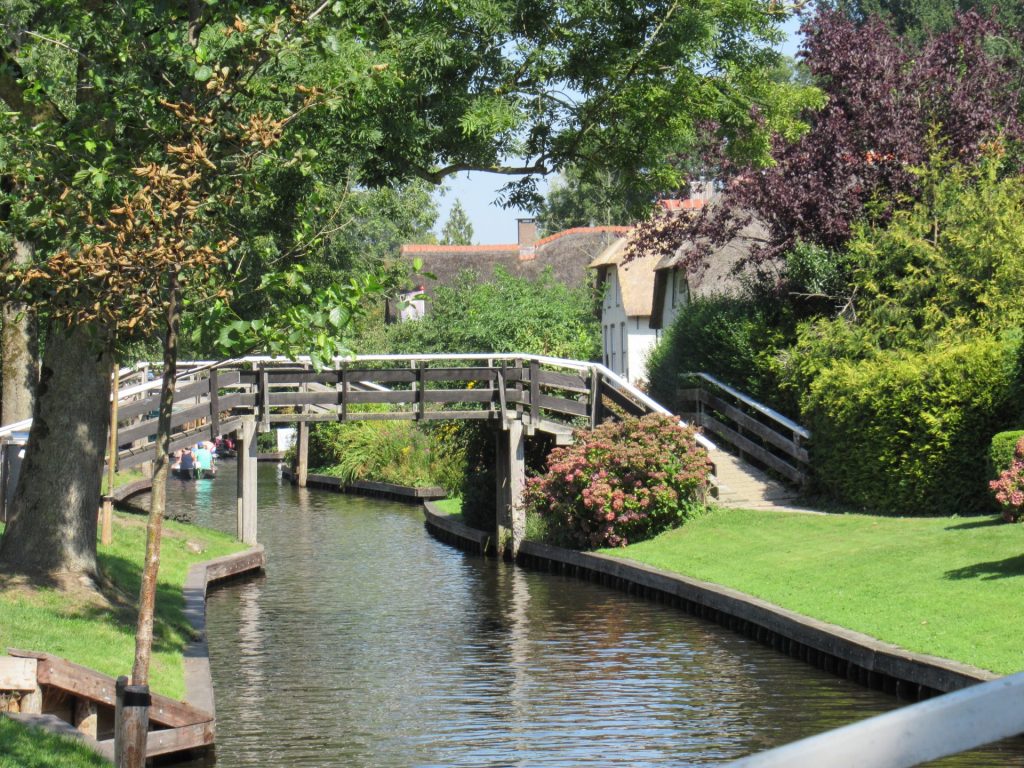
Giethoorn has a special place in my heart. For several years our daughter had a summer job in one of the souvenir shops. And in previous years, when things got a little too quiet at home, I sometimes hopped on my bicycle to spend some time in Giethoorn. Normally, it is teeming with tourists from all over the world driving whisper boats,
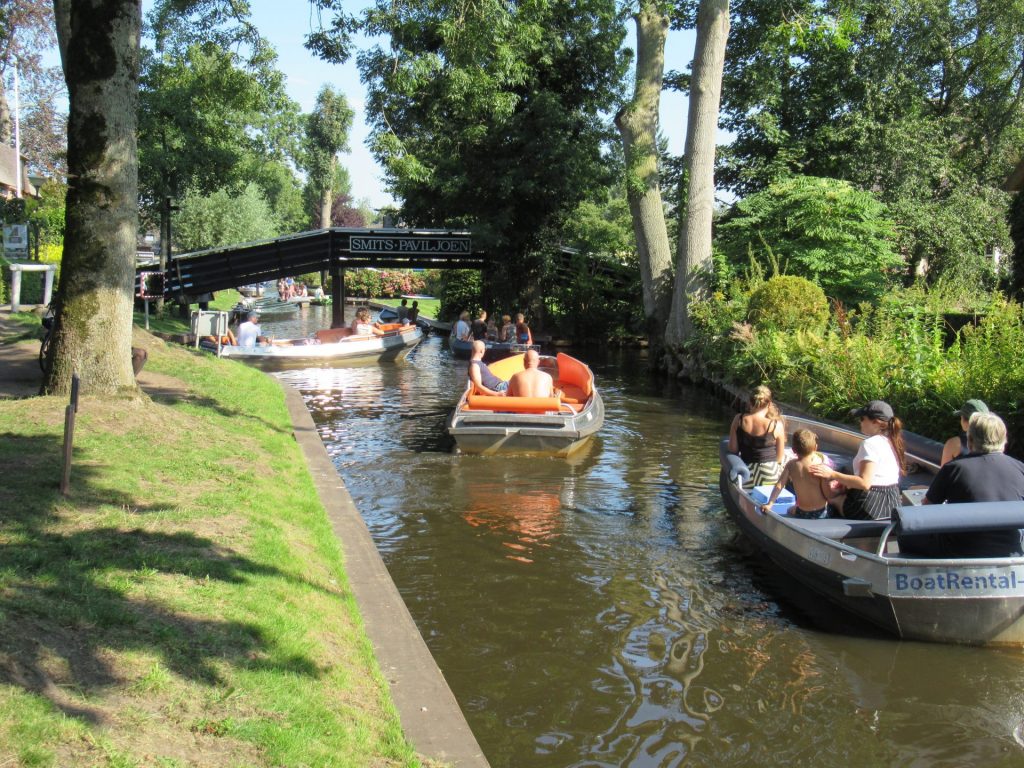
taking guided tours in a canal boat, or strolling along the narrow paths.
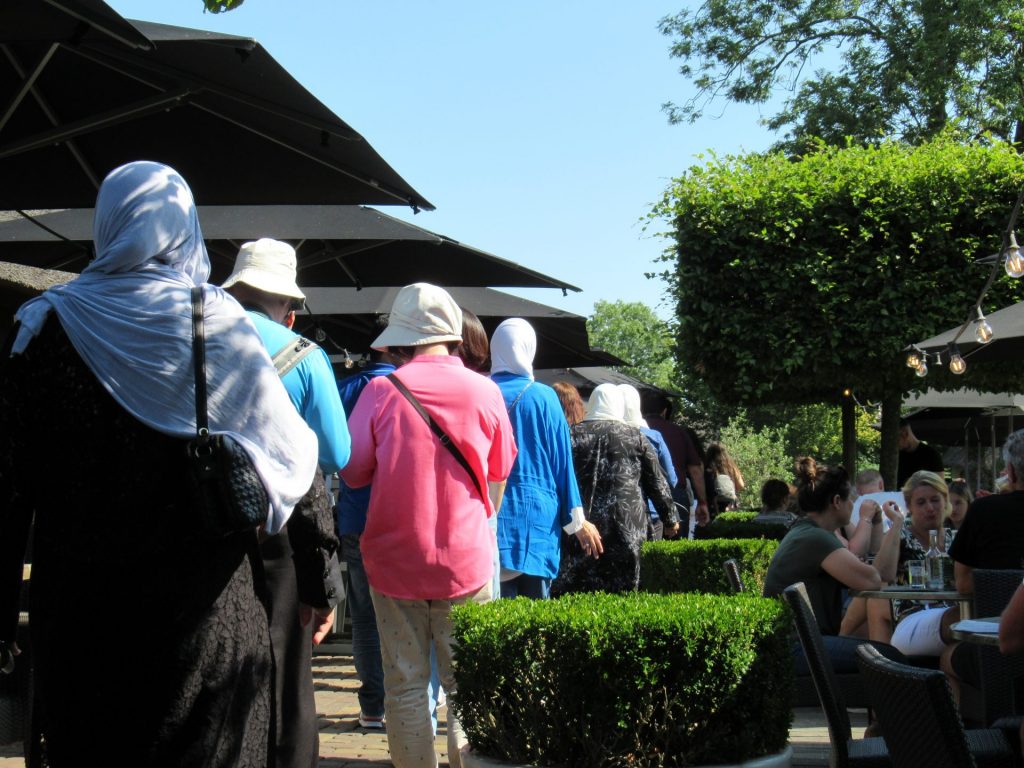
I took the pictures you see here last year. This year it has obviously been very different, with the canals looking more like this:
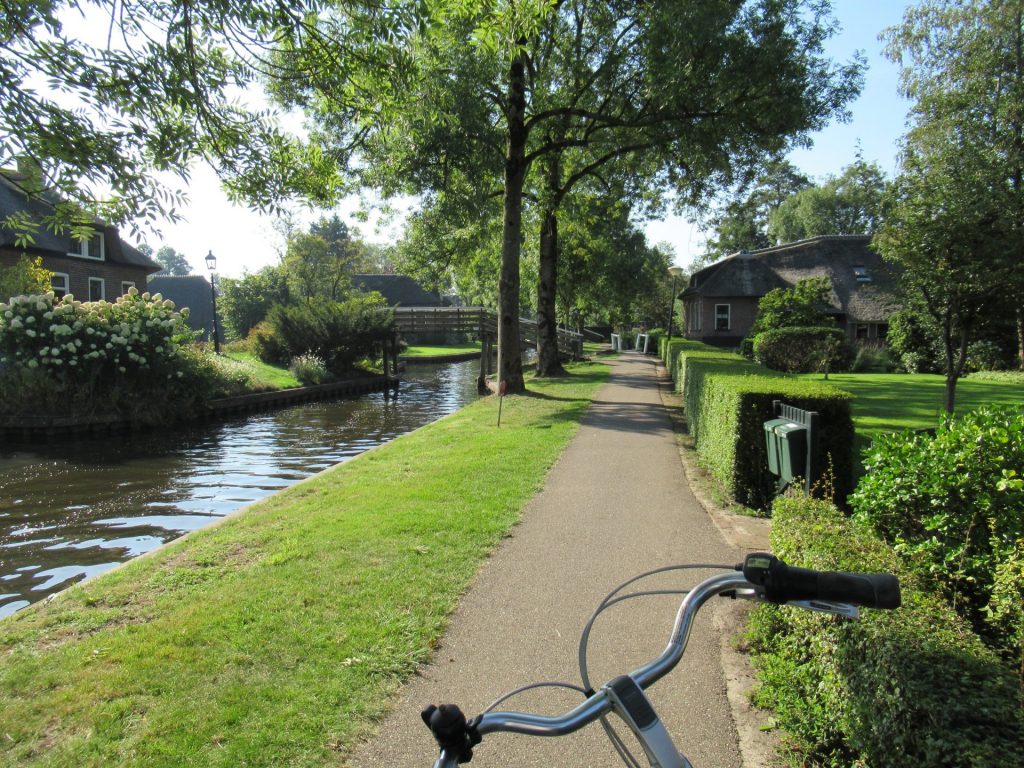
For many people depending on tourism for their incomes it has been a tough, tough time. Now, with most of the Covid measures lifted in the Netherlands, they are breathing a tentative sigh of relief. Tourists are welcome again, although in much smaller numbers than before because of the restrictions that still are in place.
But, hey, we didn’t come here to discuss the local economy. I took you to Giethoorn for some respite from all those kind of worries. And especially to take a look at the lovely crochet curtains that grace many windows. I know that many of you are knitters, but I hope that you are interested in crochet, too.
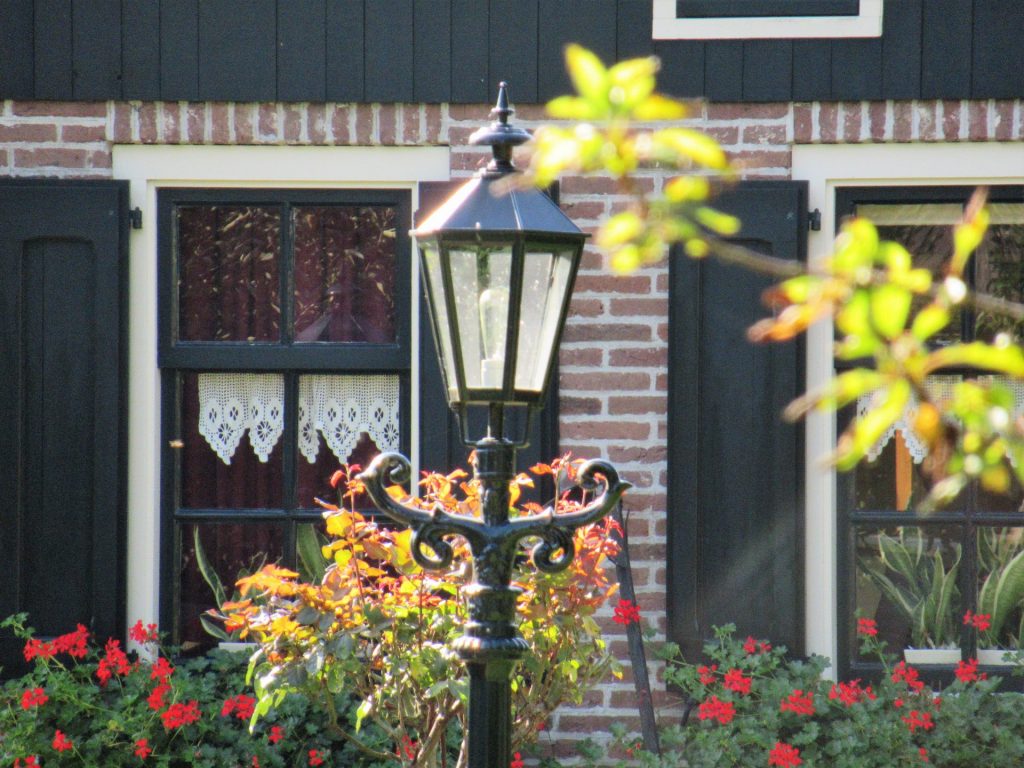
I’m not sure if I should call them curtains, as most of them are just fairly narrow strips of crochet (like the one to the left of the lamppost above). Perhaps valances is a better word.
These crochet curtains/valances were all the rage in the 1970s and 1980s, at least in the Netherlands. I have no idea about other countries. But now, outside Giethoorn, I very rarely see them anymore.
The ones in Giethoorn are all of white or unbleached cotton. As a child, I had some in my bedroom that were similar to the ones in the house below, but mine were bright green, which made the flowers in them look like Granny Smith’s apples.
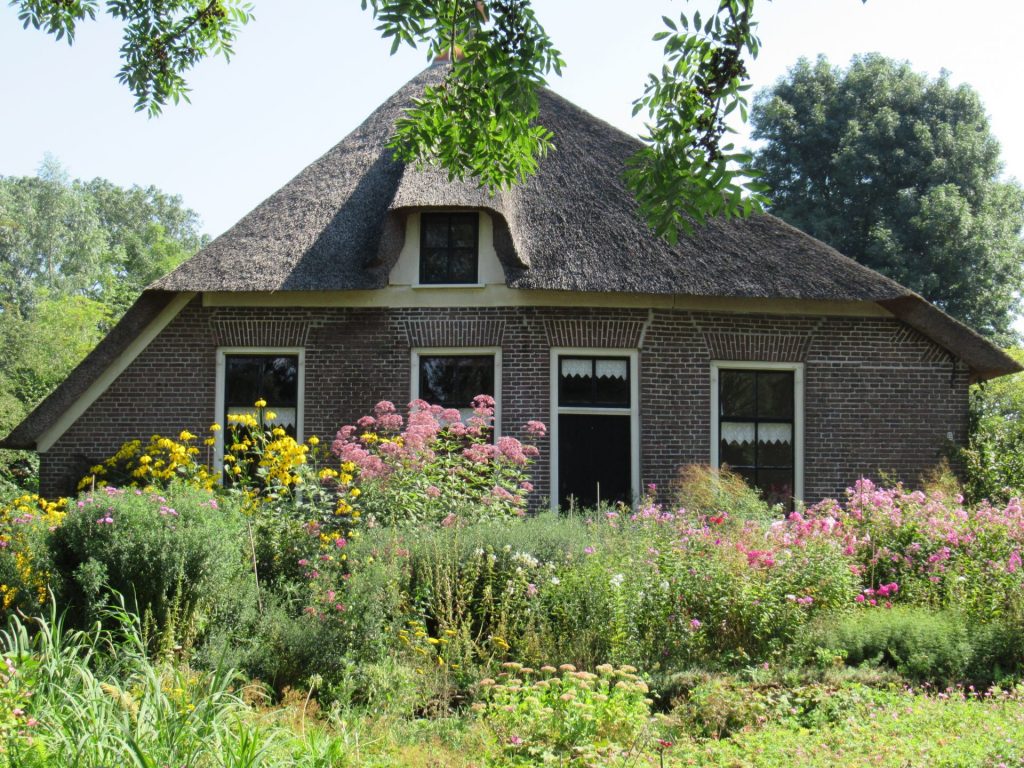
Here is a close-up of the ones in the window over the front door:
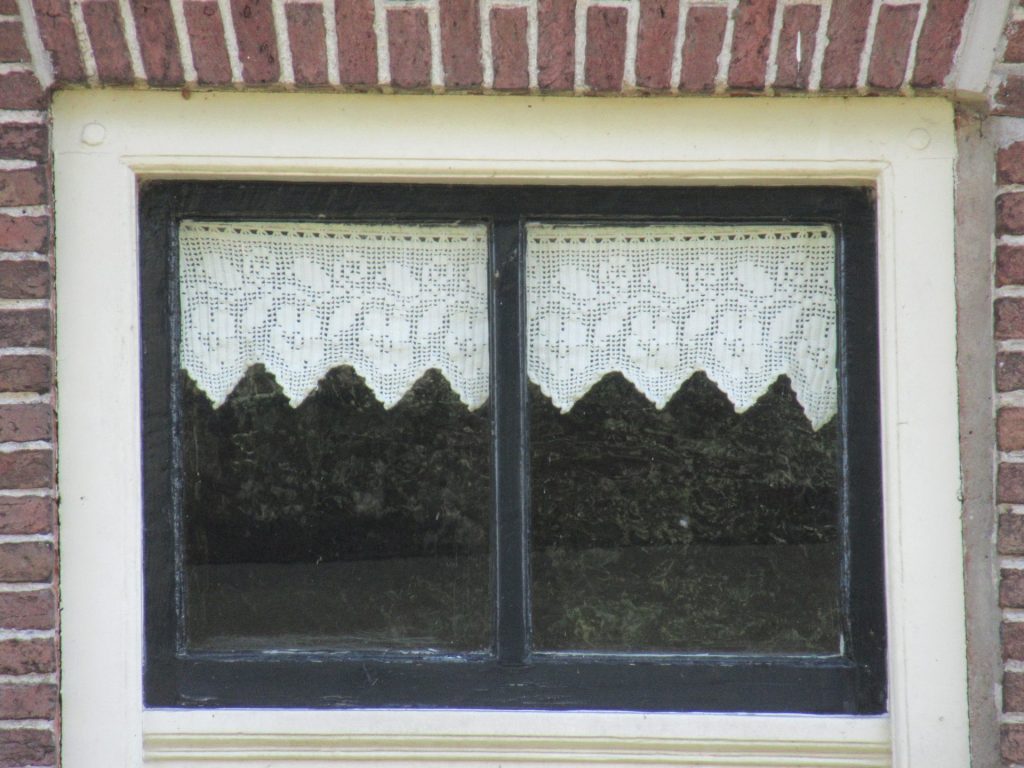
Most of these curtains are crocheted across, back and forth in narrow rows, with the straight edge at the top of the window on one side, and increasing and decreasing to the points on the other. This way, they can easily be made to fit the width of the window.
And most of them use a technique called ‘filet crochet’, sometimes in combination with other techniques. Filet crochet consists of a kind of grid made up of chain stitches and what is known in the US as double and in the UK as treble crochet stitches. Some of the squares are left open and others are filled with double/treble crochet to make symmetrical shapes, flowers or even intricate pictures.
The ones above are 100% filet crochet, whereas the house below has simple narrow ones…
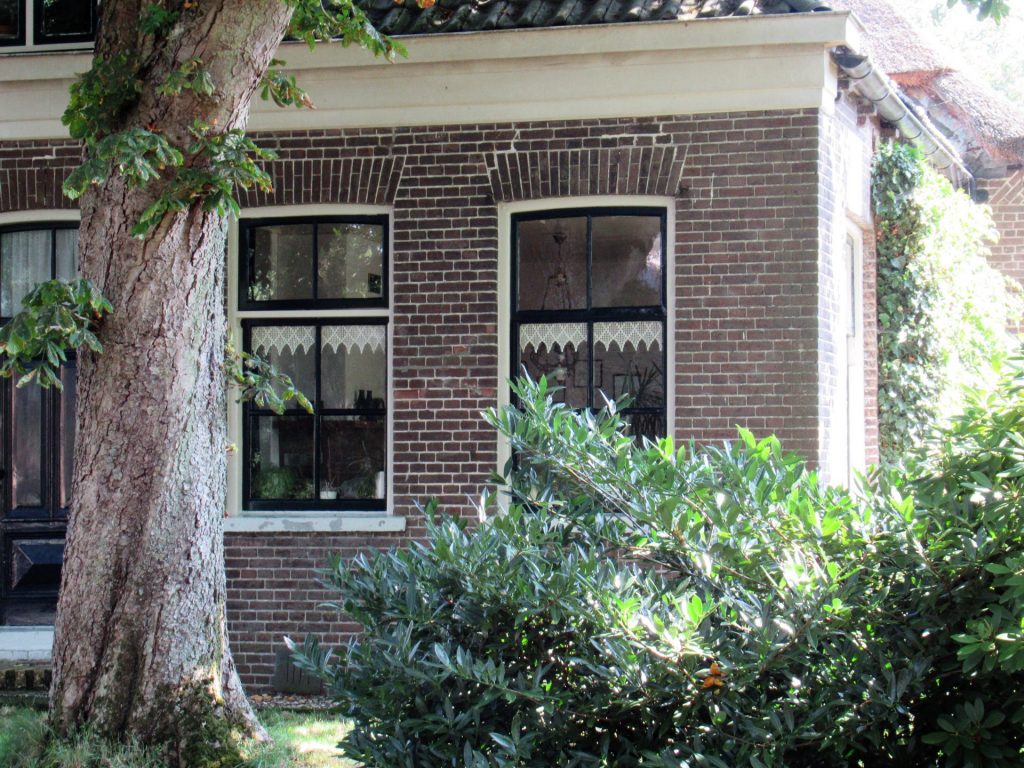
…which look like filet crochet…
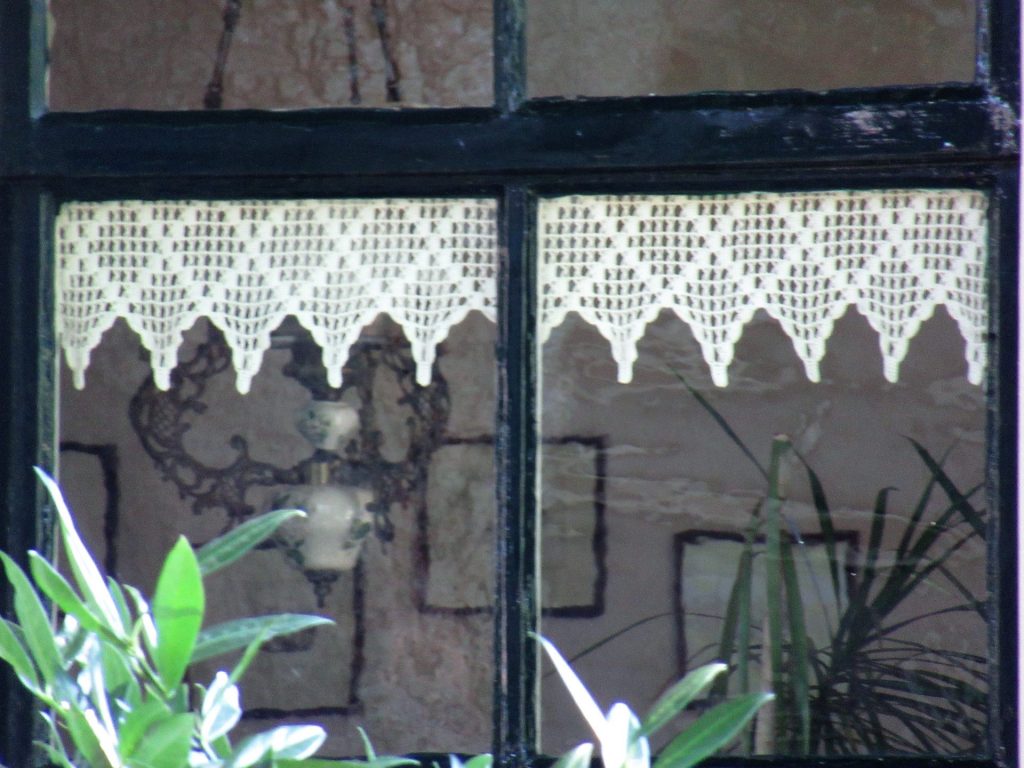
…but where the spaces inside the diamonds are filled in with a kind of crosses in a combination of chain stitches, double/treble crochet and single (US) or double (UK) crochet. (An international standard for these terms would make life a lot easier.)
The house below has wider and more intricate ones.
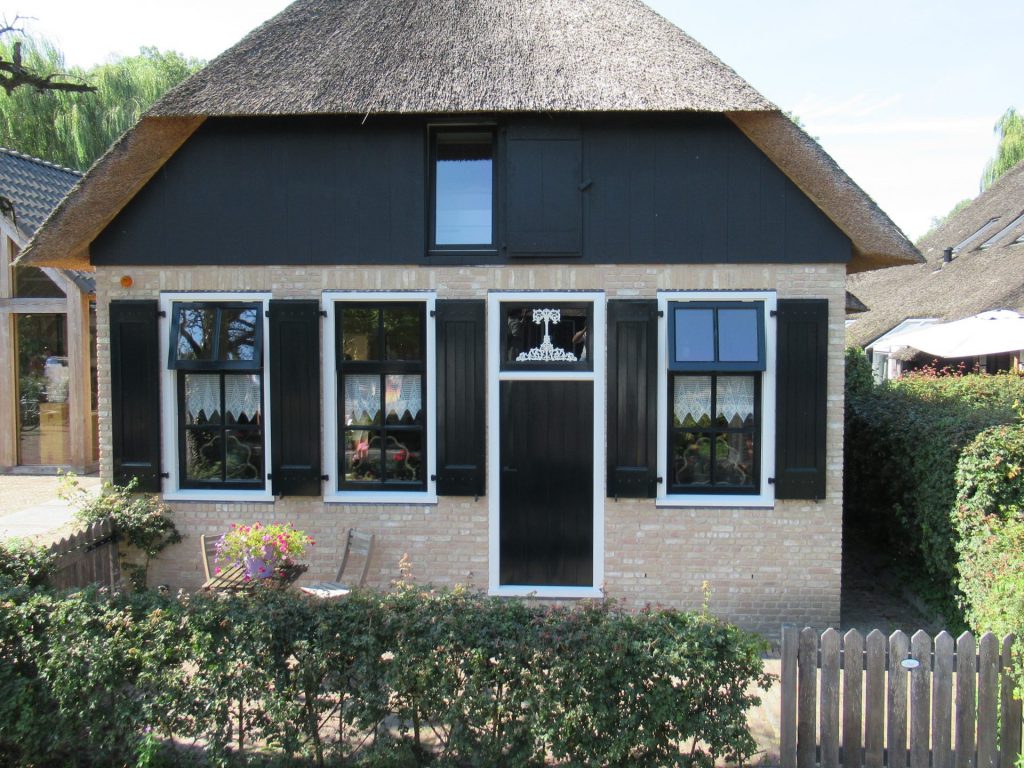
Here they are in close-up:
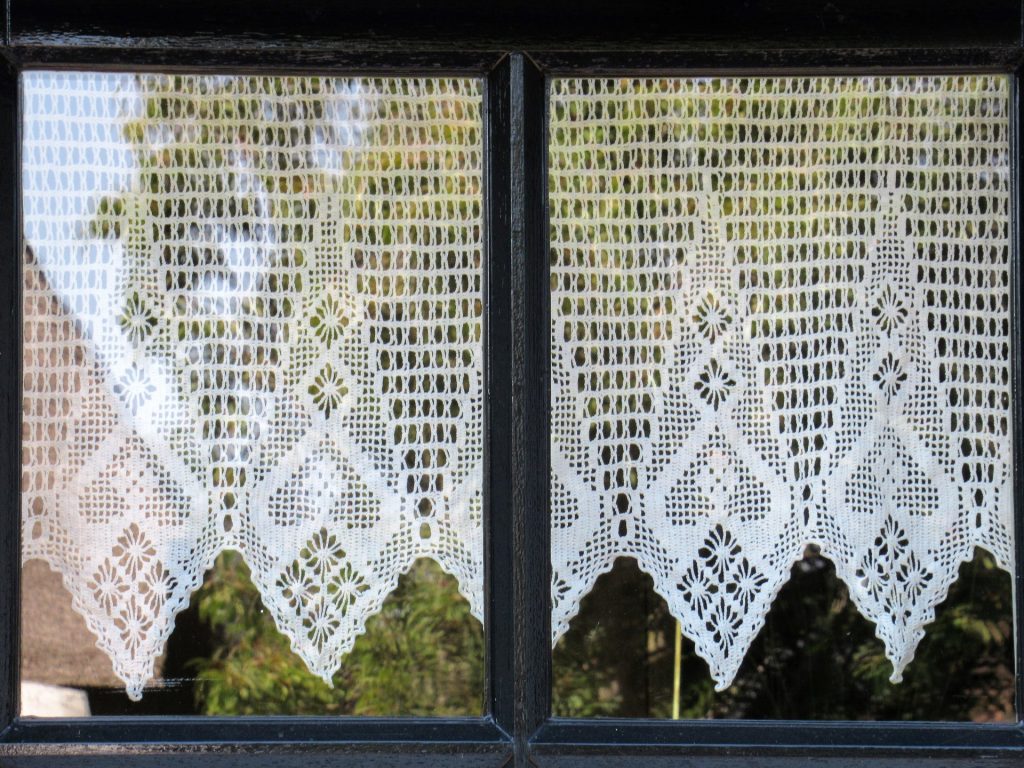
Upside-down hearts in filet crochet, with stars in chain stitch around a centre of stitches that I can’t make out. At the top they have the same sort of crosses as the simple narrow valance above.
And I’ve kept the best ones till last – four genuine master pieces. Here are the first two:
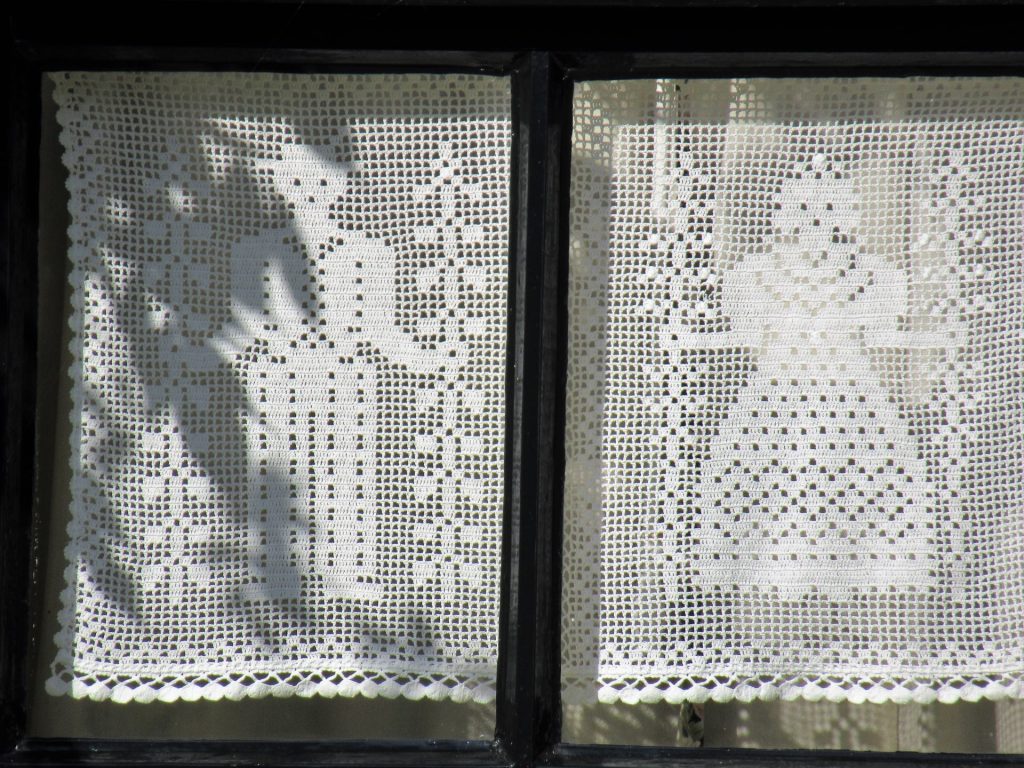
Two figures wearing beautifully detailed costumes, holding on to what looks like bean poles.
Unlike the ones so far, these panels were not worked from side to side, but from the bottom to the top. They are a great example of true filet crochet, except for the border at bottom and sides, which was added as a final touch.
And here are two more beauties – the last ones:
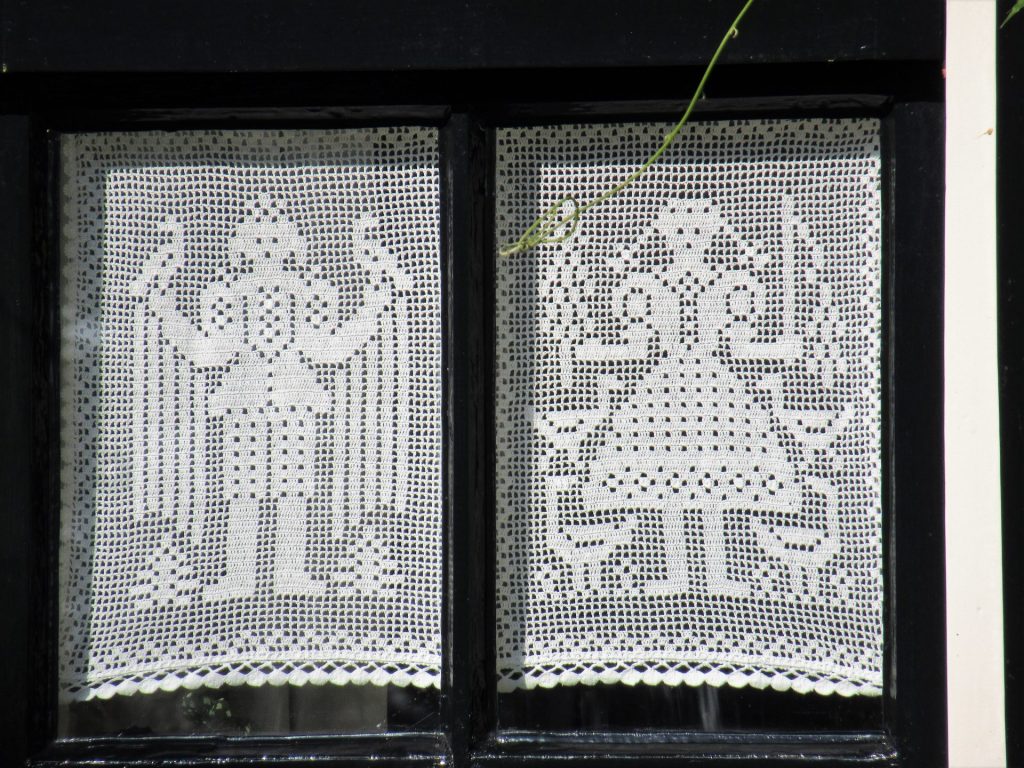
I can see lots of birds. The ones on the hands of the figure on the left look like falcons. At first I thought he had long streamers on his sleeves, but they also seem to be hanging from his hands, which is strange. Perhaps it is an open garden gate he’s standing in front of. Who knows? On the right I see birds that look like geese and ducks. And what is she holding in her hands? Bunches of grapes?
Grapes? That’s interesting. I can place geese and ducks in these surroundings. But falcons and grapes in Giethoorn? Not really. And taking a closer look at the costumes also makes me wonder. All in all it looks as if the patterns for these panels may have come from Germany, or perhaps from France.
Describing Giethoorn’s crochet curtains here has made me look at them in much more detail than I’d done before – I really enjoyed that. I hope you’ve enjoyed the trip, too. Thank you for cycling along and I hope you’ll join me again on next week’s outing!
